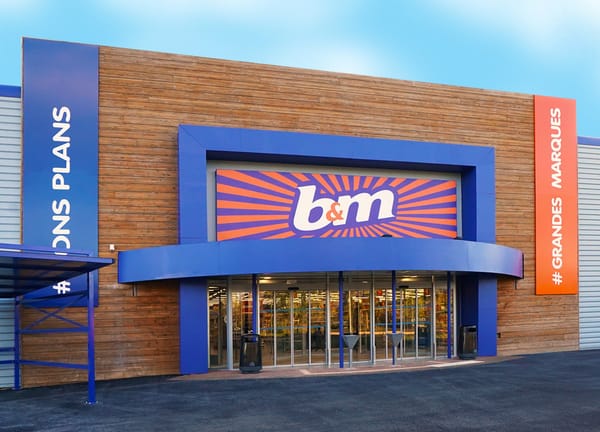May 2022 dividend portfolio results review
I review May's results and takeovers from the UK dividend shares in my quality dividend model portfolio.

I review May's results and takeovers from the UK dividend shares in my quality dividend model portfolio.


I review results issued by two of my dividend portfolio shares in June. While one is approaching a cyclical slowdown from a position of strength, I think the second may be facing greater challenges.

Dividend income from my model portfolio continued to rise in Q2 and is on track for full-year growth. However, capital gains lagged the FTSE 100, leaving room for improvement.

This 100-year-old business boasts enviable profitability and an impressive dividend track record. I hope it will provide me with more peace of mind than the stock I'm selling.

I review updates from FTSE 350 dividend shares WH Smith and B&M, plus struggling AIM engineer Gooch & Housego. Do any of them offer opportunities for my income portfolio?
Disclaimer: All content provided on this website is intended for educational and entertainment purposes only. This website does not provide investment advice or recommendations. You should research all investment decisions yourself and not rely upon information provided on this website. If you are unable to do this you should seek professional advice from a registered financial adviser.